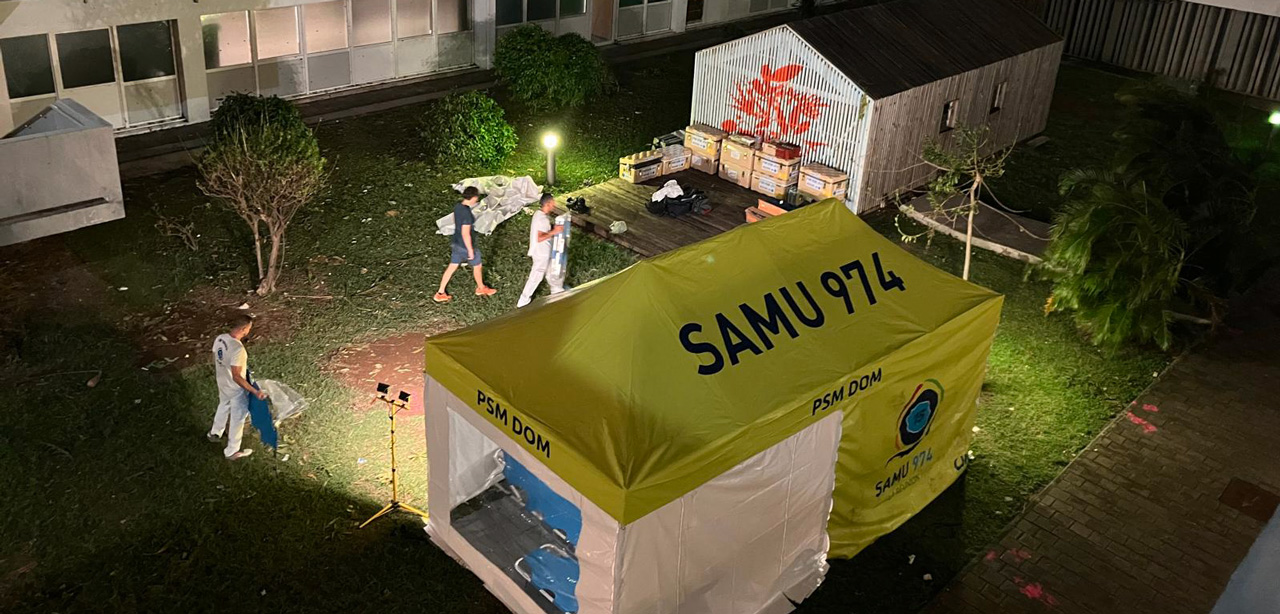Objectives: the addition of green spaces (GS) in cities is perceived as an efficient solution to combat climate change and biodiversity loss while also improving human health. Quantitative health impact assessment (QHIA) is a powerful tool to assess the health benefits of GS and support policy-making decisions. In France, a preliminary analysis of the literature led to the decision of developing guidance for QHIA applied to GS and mortality. This paper focuses on the choice of exposure-response functions (ERF) for those QHIA. Study design: literature review and analysis of the key steps of QHIA. Methods: articles providing ERF for all-cause, cardiovascular and respiratory mortality in relation to GS were identified through a literature review and ranked based on a quality score. ERF from the articles with the highest scores was pooled in meta-analyses. Results: in total, 13 ERF were selected for all-cause mortality, 10 for cardiovascular mortality and 5 for respiratory mortality. Meta-risk for a 0.1 increase in the normalised differential vegetation index were, 0.96 (95% confidence interval [CI] 0.94; 0.97), 0.98 (95% CI 0.96; 0.99) and 0.97 (95% CI 0.92; 1.02) for all-cause, cardiovascular and respiratory mortality, respectively. Conclusions: while current knowledge makes it possible to use QHIA on GS and mortality, interdisciplinary research is still needed to clarify the shape of the relationship and its temporality and to assess exposure in a meaningful way for decision-making.
Auteur : Bertrand C, Pascal M, Médina S
Public Health, 2021, vol. 200, p. 91-98


